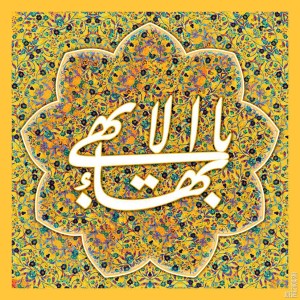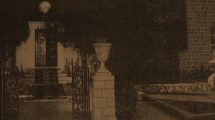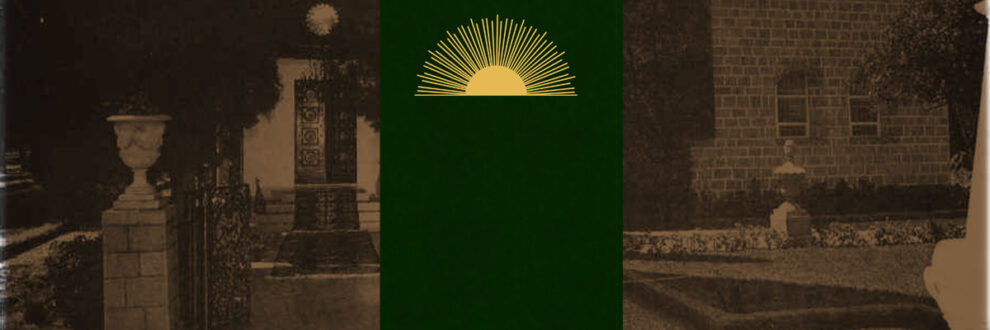 Haji Muhammad-Taqiy-i-Kirmani, fifth of the Seven Martyrs
Haji Muhammad-Taqiy-i-Kirmani, fifth of the Seven Martyrs
Born: Unknown
Death: February 1850
Place of Birth: Kirman, Iran
Location of Death: Tehran, Iran
Burial Location: No cemetery details
Siyyid Murtada, sixth of the Seven Martyrs
Born: Unknown
Death: February 1850
Place of Birth: Unknown
Location of Death: Tehran, Iran
Burial Location: No cemetery details
Haji Muhammad-Taqiy-i-Kirmani set out from Kirman to make a pilgrimage to Karbila. In Shiraz he became a Babi through Haji Mirza Siyyid `Ali, the maternal uncle of the Bab who was about to visit the Bab in Chihriq, Haji Muhammad-Taqi asked permission to accompany him. Haji Mirza Siyyid `Ali told him to fulfill his original intention of making pilgrimage to Karbila and to wait there for the Bab’s instructions. As it happened, the Bab considered conditions too dangerous, so Haji Mirza Siyyid `Ali wrote him to come to Tehran where they would wait together until conditions allowed them to go to Chihriq.
Haji Muhammad-Taqi set out for Tehran in the autumn of 1849. In Baghdad he fell in with a friend, Aqa Siyyid Husayn-i-Turshizi, who had become a mujtahid in`Iraq. During the journey to Iran Siyyid Husayn also became a Babi. [1]
Soon after, Haji Muhammad-Taqiy-i-Kirmani was led to the scene of execution. The ghastliness of the sight he beheld provoked his violent indignation. “Approach, you wretched and heartless tyrant,” he burst forth as he turned to his persecutor, “and hasten to slay me, for I am impatient to join my beloved Husayn. To live after him is a torture I cannot endure.”
No sooner had Haji Muhammad-Taqi uttered these words than Siyyid Murtada, who was one of the noted merchants of Zanjan, hastened to take precedence of his companions. He flung himself over the body of Haji Muhammad-Taqi, and pleaded that, being a siyyid, his martyrdom would be more meritorious in the sight of God than that of Haji Muhammad-Taqi. As the executioner unsheathed his sword, Siyyid Murtada invoked the memory of his martyred brother, who had struggled side by side with Mulla Husayn; and such were his references that the onlookers marvelled at the unyielding tenacity” of the faith with which he was inspired. [2]
Source:
1 Tarikh-i Shuhada-yi Amr (The Seven Martyrs of Tehran) 3:108-12.
2 Nabil. The Dawn Breakers. Wilmette, Illinois: Bahá’í Publishing Trust. pp. 457-459
Image:
Art Design by Joe Paczkowski





